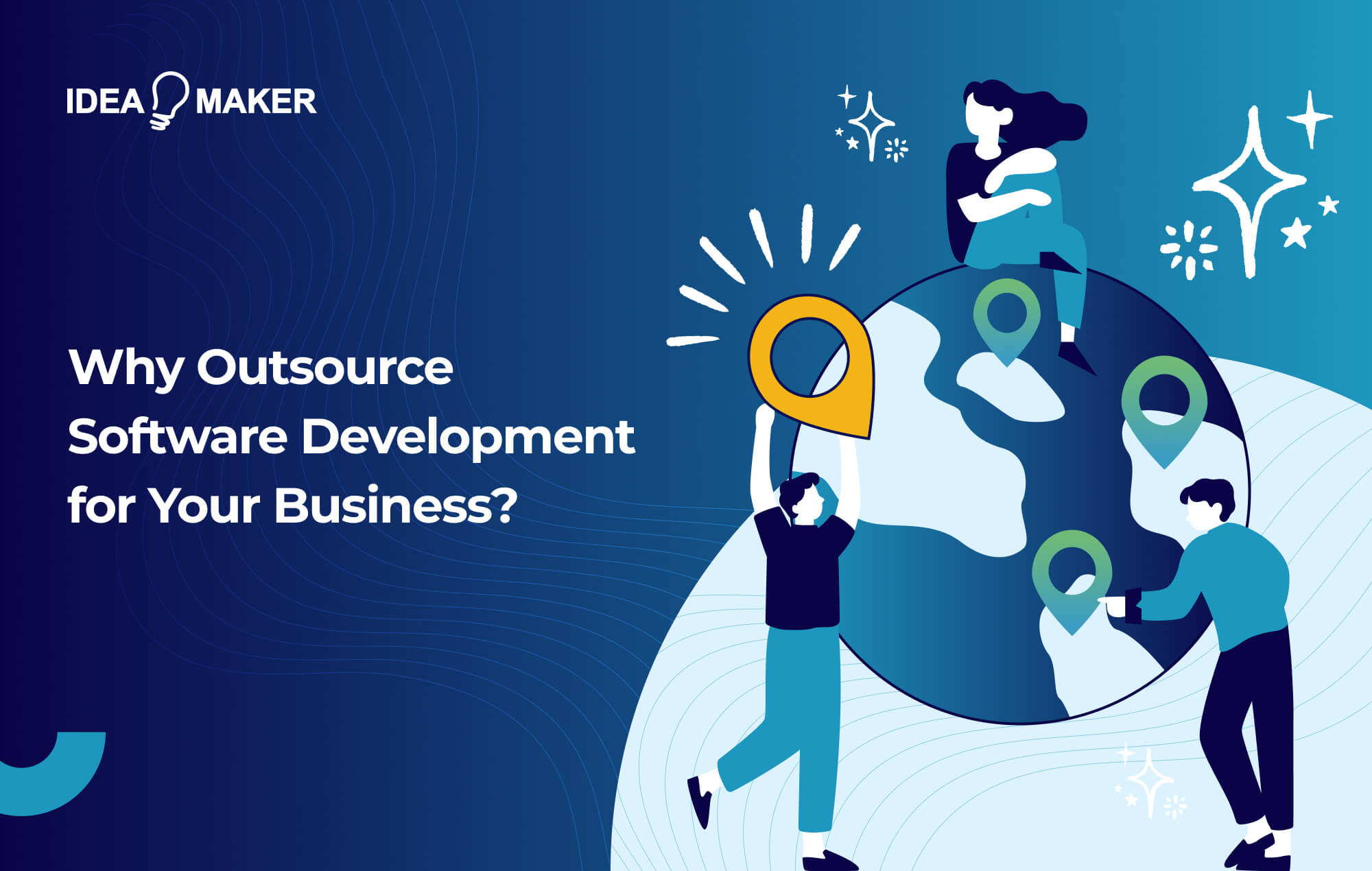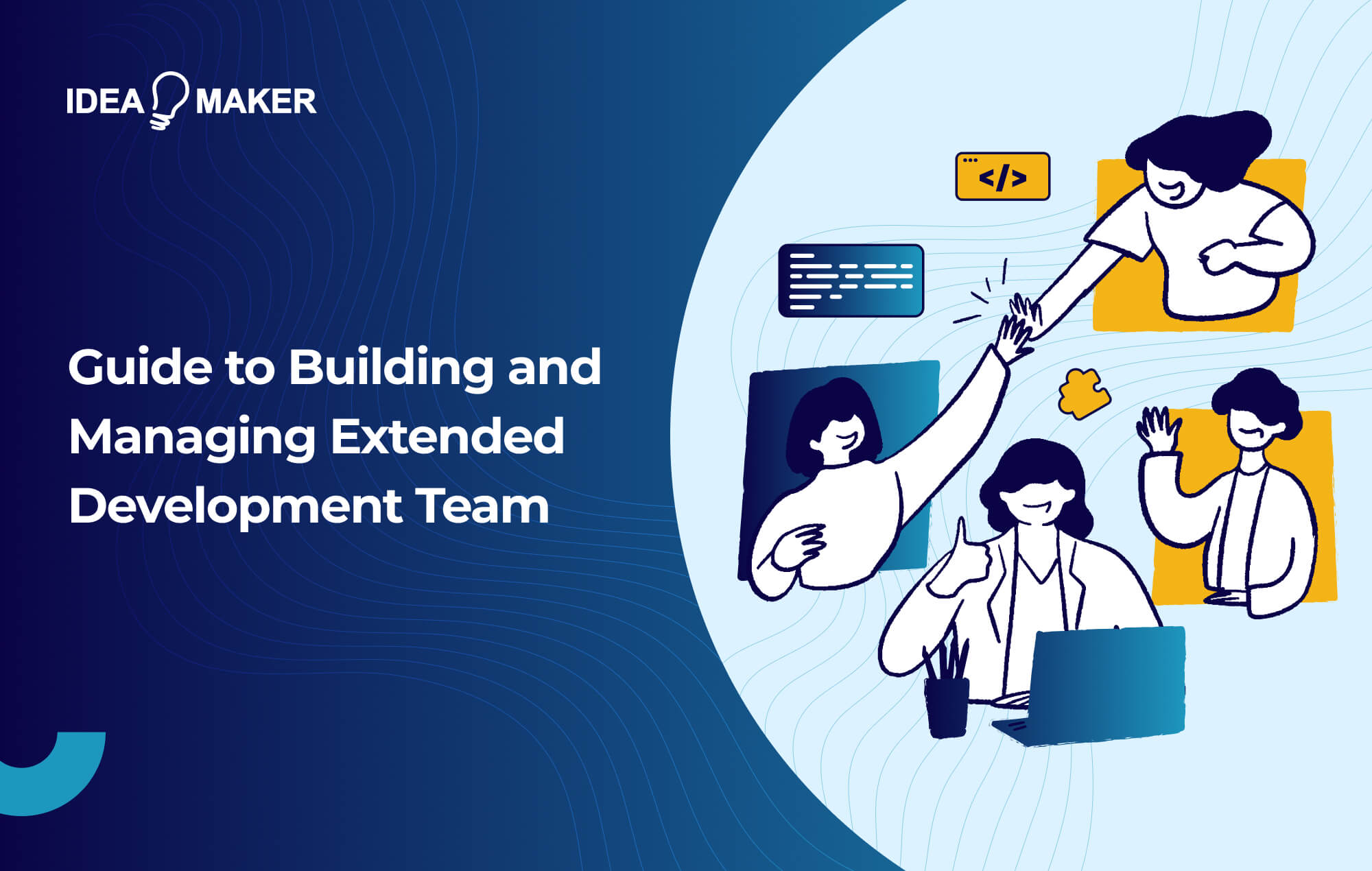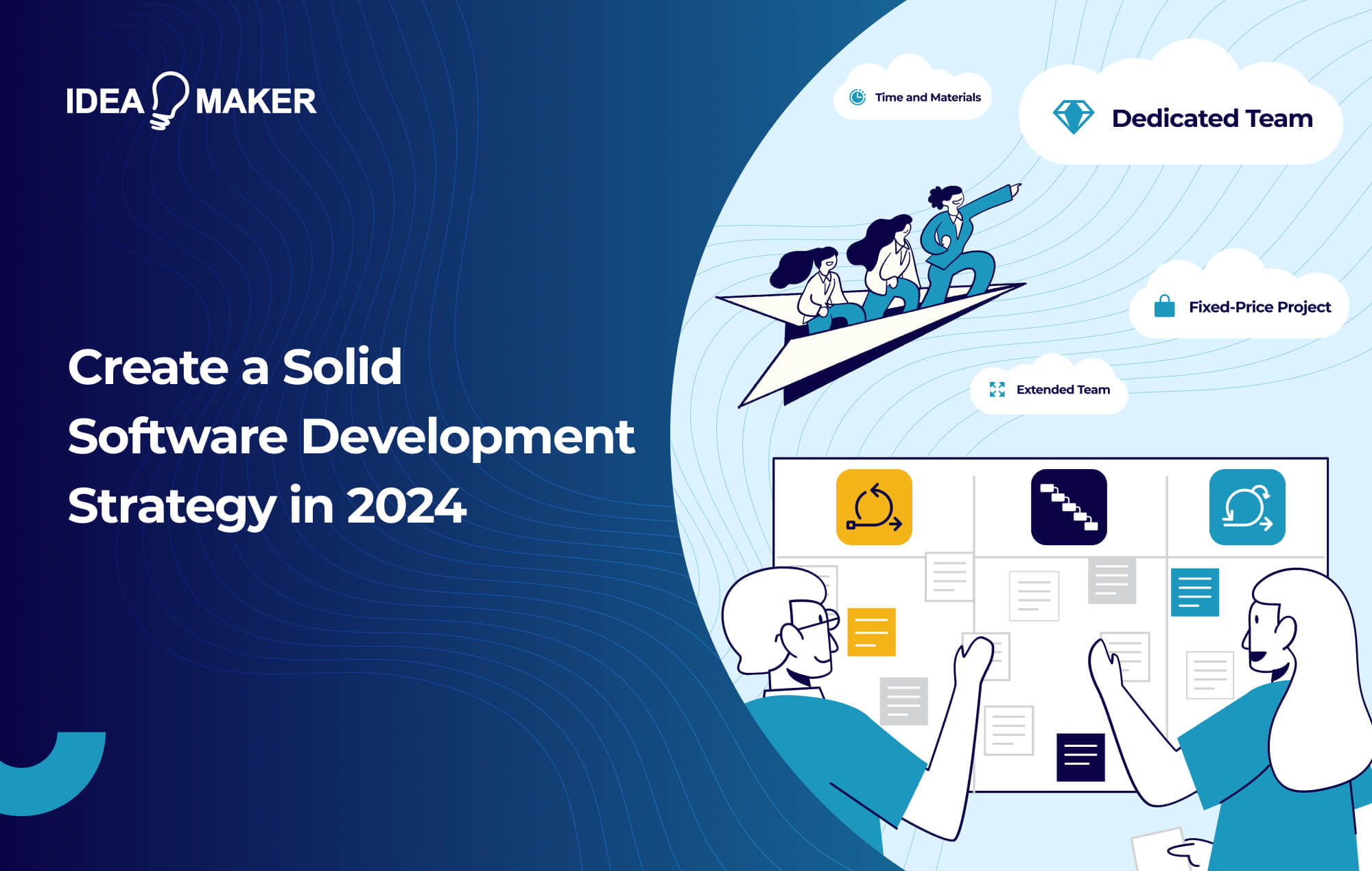Table of Contents
Did you know that 70% of online marketers believe Search Engine Optimization (SEO) is more effective than paid ads? If you understand SEO, you’re probably not surprised to hear this fact. For those who don’t understand SEO, this article will explain everything you need to know about the process and its place in the digital realm. Keep reading to learn about the many benefits of a proper SEO strategy.
What Is SEO?
Search Engine Optimization (SEO) is the practice of enhancing a website to help it appear highly on search engine results pages, putting it in front of more web users. SEO ultimately enables your website to satisfy algorithmic parameters outlined by the search engines, making it more appealing to search engines and more likely to appear atop the results page.
Key SEO Statistics
Here are some key SEO statistics to help you understand the importance of optimizing your website:
- The top five search results on Google receive about 67% of all clicks.
- Organic search accounts for about 53% of website traffic, while paid search accounts for about 15%.
- Websites that load in two seconds or less have an average bounce rate of 9%, while sites that take five seconds to load have a bounce rate of 38%.
- The average click-through rate (CTR) for a page in the top position of Google search results is about 31.7%.
- Backlinks are one of the most critical factors in ranking on Google, and the average number of backlinks for a page in the top 10 results is about 36,000.
Benefits of SEO
Search Engine Optimization comes with a variety of benefits that make it an essential digital practice.
Improve Search Engine Rankings
The main objective of SEO is to improve search engine rankings, as it leads to the below three benefits and more. However, as an advantage in itself, increased search engine rankings improve your website’s online exposure and enhance your standing with search algorithms. Together, these benefits boost the overall health of your SEO marketing efforts.
Drive Targeted Traffic
As SEO leads to your website appearing higher in search results based on relevant and specific search terms, it also results in your site receiving more targeted SEO traffic. Targeted traffic means web users that are most likely to be interested in your business’s products and services. This is thanks to keyword matching in search queries and phrases used within your website content based on SEO research.
Improve Domain Authority
Though not technically a search engine ranking factor, SEO optimization does lead to improved domain authority. This authority score signals to SEO specialists the worth of linking to your website. So, the higher the domain authority, the more inbound links and the higher search ranking.
Improve Credibility
Properly optimizing your website for SEO comes with the crucial benefit of improving your site’s credibility. This is typically done through internal and external linking, which this article will explain further later. High credibility puts you in good standing with search engines, encouraging them to present your site to more users and generating increased traffic.
SEO Ranking Factors to Consider
Of course, for your website to rank highly on search engines, you need to understand what SEO factors to consider. Here are just a few of the more than 200 factors Google alone considers.
Bounce Rate
Bounce rate is the percentage of website visitors that leave the site after viewing only one page. A high bounce rate signals to search engines that your website’s content is low quality and unpopular among users. As a result, having a high bounce rate means search engines will show your website to fewer web users.
Lowering your bounce rate is as simple as ensuring your website’s content is both high-quality and engaging with accessible navigation options. For single-page websites, bounce rate is calculated based on the interaction rate while they dwell on your page.
UI/UX
User interface (UI) and user experience (UX) play a huge part in determining your website’s ranking position due to their impact on bounce rate. A website with a poor UI/UX will likely have a higher bounce rate, as users may find it frustrating to use, causing them to leave the website.
To ensure that you have a smooth UI/UX, it’s important to follow common website standards. This includes having your navigation bar at the top of the site, clearly distinguishing clickable items from non-clickable items, and keeping the site design uncluttered.
Mobile Accessibility
Nearly 60% of website traffic comes from mobile devices, meaning if your website is not optimized for mobile devices, you’re isolating a significant portion of potential visitors. As a result, search engines will not promote your website as permanently to mobile users, reducing your chances of generating a high volume of traffic.
Internal and External Links
Internal and external links serve different purposes. Internal links help search engines to understand the structure of your website and its content, allowing them to connect it with more appropriate web visitors. External links, however, improve your website’s credibility.
SEO Packages From Idea Maker
Maximizing the benefits of SEO on your website is a challenging process without the requisite knowledge. So, if you want to improve your SEO, consider working with Idea Maker. We have a team of SEO experts at your disposal. Schedule a free consultation today.



